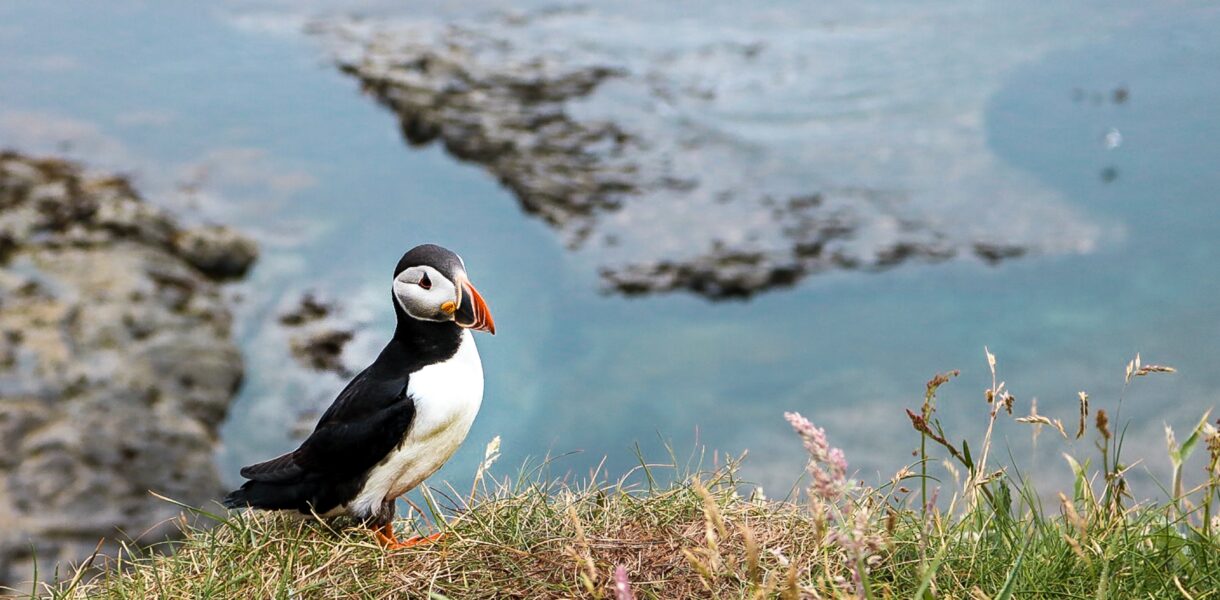When it comes to travel experiences, encountering wildlife in its natural habitat (wildlife tourism) is often a highlight for many adventure seekers. However, it’s crucial to approach wildlife tourism with an ethical mindset and promote sustainable practices that prioritise the well-being of animals and the preservation of their habitats. Whether you are hoping to see puffins on the British coast, or giraffes in Africa, ensuring you’re doing so ethically is paramount.
Choosing ethical wildlife sanctuaries
One way to have a positive impact on wildlife conservation is by supporting ethical wildlife sanctuaries. These sanctuaries focus on rescuing and rehabilitating animals, with the ultimate goal of releasing them back into the wild whenever possible. Look for reputable sanctuaries that prioritise animal welfare and conservation efforts. These sanctuaries should provide ample space for animals to roam freely, engage in enrichment activities, and limit unnecessary human interaction. By visiting and supporting these sanctuaries, you can indulge in ethical wildlife tourism and contribute to their conservation efforts and help protect endangered species and rescued wildlife.
Opting for eco friendly safari experiences
Safari adventures offer incredible opportunities to observe wildlife up close. When choosing a safari operator, opt for those who follow sustainable and eco-friendly practices. Look for companies that prioritise conservation, support local communities, and employ knowledgeable guides who promote responsible behaviour during encounters with wildlife. Respect animal habitats, maintain a safe distance, and never feed or touch wild animals. Sustainable safari options also ensure minimal impact on the environment, by using eco-friendly transportation and supporting local initiatives that protect wildlife and their habitats.
Promoting responsible wildlife observation
In any wildlife encounter, it’s crucial to prioritise the wellbeing of animals. Practice responsible wildlife observation by following guidelines and regulations in the area you’re visiting. Keep a safe distance to avoid causing stress or disturbance to the animals, use binoculars or telephoto lenses for closer views, and avoid using flash photography that can startle or disorient the animals you’re viewing. Always respect the instructions of guides or park rangers and abide by rules that are in place to protect both animals and visitors.
Engaging in sustainable wildlife encounters is not only a responsible approach to tourism but also a way to contribute to the preservation of our planet’s precious biodiversity. By choosing ethical wildlife sanctuaries, opting for eco-friendly safari experiences, and promoting responsible wildlife observation, we can enjoy these awe-inspiring encounters while ensuring the well being of animals and the conservation of their natural habitats. Let’s embrace sustainable practices and make a positive impact on wildlife tourism. Together, we can create a harmonious coexistence between humans and the magnificent creatures that share our planet.





